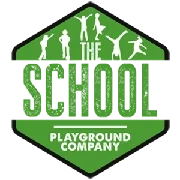BLOGS
HOW TO CREATE A SENSORY GARDEN
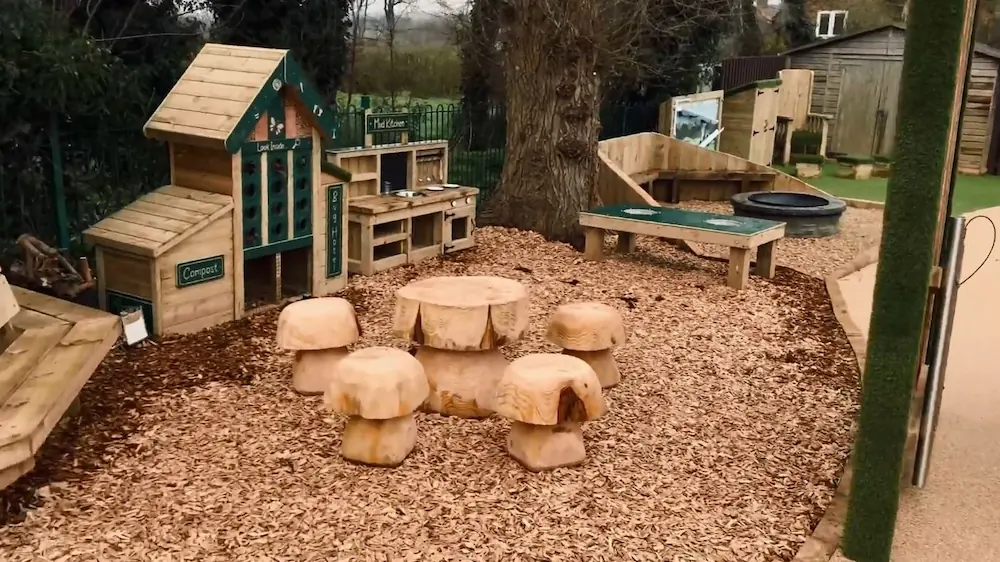
Getting outdoors and enjoying nature are some of the best activities to keep children healthy, happy, and engaged. Therefore, we recommend schools develop a sensory garden or outdoor area for students to explore and enjoy. These gardens should be complete with a range of activities, play panels, and features for children to explore.
Here is your school’s guide on how to create a sensory garden that fulfils the needs of your students.
THE BENEFITS OF SENSORY PLAY GARDENS
- Multi-use space for learning, exploration, and play
- Encourages outdoor experiences
- Inclusivity for children with learning disabilities
- Infinite variety of ways to use the equipment
- Develops fine motor skills
- Creates an ideal space for socialisation
Explore our sensory and creative play equipment for more options to fill your sensory garden.
For a full tour of a new sensory play garden that uses all of these great options to inspire fun, take a look at our recent case study.
SENSORY PLAY PANELS
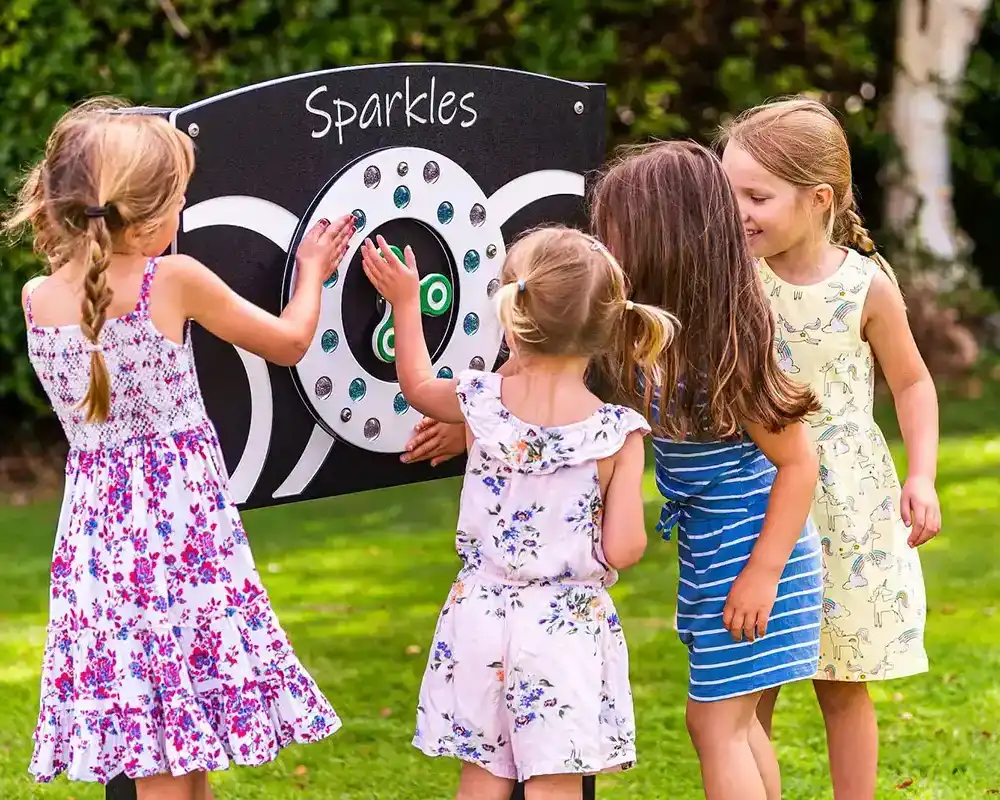
Sensory play panels can provide a wide variety of stimuli and inspire a range of engagements and creativity. No matter the size or shape of the garden space in your playground, these play panels can make any space an amazing sensory experience. Sensory gardens are the ideal space to engage the senses with bright colours, tactile elements, and musical or sound-making components.
Schools should provide a variety of sensory equipment because each child plays differently and prefers different games and sensory experiences. In an outdoor space, students benefit from a range of activities to choose from, allowing them to develop their own style of play, and develop their interests, fine motor skills, and independence at their own speed.
DEN BUILDING ACTIVITIES
Allow your students to create their own spaces on the playground with den building activity sets. Working together in groups, children can set up a small sheltered area complete with camouflage netting and other unique design elements.
With equipment focused on developing teamwork and gross motor skills, garden areas can turn into exciting spaces for children. Beyond typical sensory experiences, building and construction activities, den building provides unique experiences for primary school aged children. Sensory gardens are important to encourage independent, collaborative activity that enhances play by engaging different elements of creativity and fun.
WATER PLAY EQUIPMENT
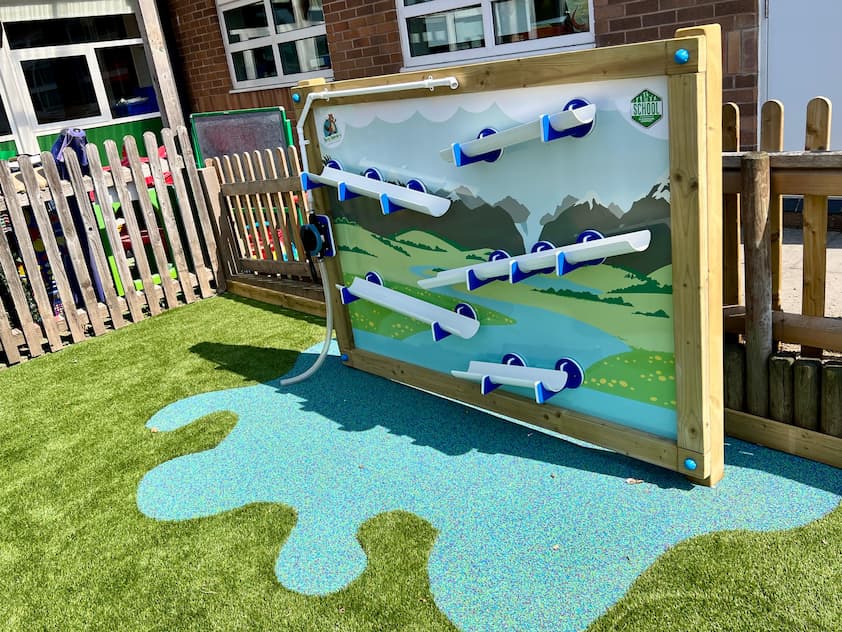
Water walls can become a visually appealing centerpoint for a playground as a unique feature for a specialised form of play. Primary school-aged children can experiment and play with water pipes to explore new sensory experiences in the outdoors.
Additionally, messy play kitchens with water sinks provide another space for independent small-parts play that involves water. Providing a range of different ways to play with water allows children of all years to explore water however they want.
SEATING AREAS
Children need a place to rest too! With seating areas built into the design and theme of the outdoor garden, your play space can be both attractive, fun, and functional. Turn stools into toadstools to complete the nature theming. Complete an outdoor storytelling reading corner with a touch of magic with vibrant red and white rubber, or carved wooden stools.
Portable cubes with soft-to-the-touch artificial grass tops allow for a versatile, multi-use space, clearing up and moving the stackable stools after an outdoor lesson. Especially in smaller playgrounds, portable seats help avoid clutter and maximise the space available. If your playground also has an outdoor classroom, bringing these stools indoors can help you fit more children under shelter.
PLANTERS
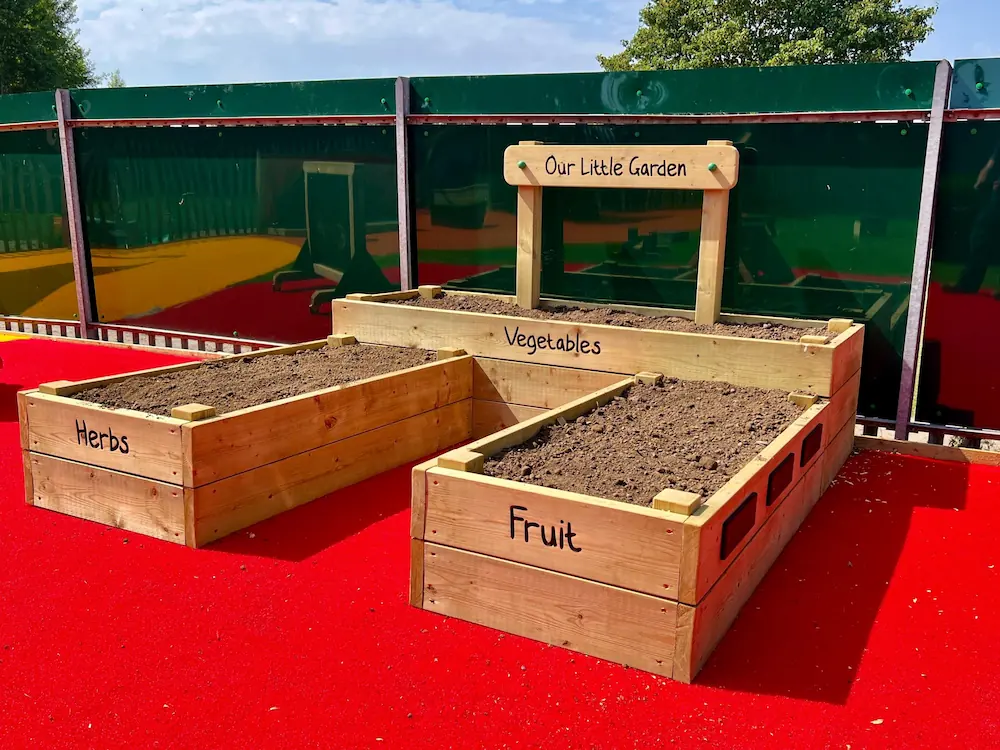
Bringing nature into the outdoor space is vital to create a sensory garden play area. Raised planters help to make the most out of the available space while also avoiding trampling from children playing while incorporating greenery alongside the play equipment.
As the seasons change, children can learn about the natural world as part of their outdoor lesson time by planting, watering, and caring for plants. Key Stage 2 children can especially benefit from a school garden. Get kids involved by setting up a watering rota for which child has responsibility to care for the garden each day. This is a great way to boost community spirit between students and give them a long-term project to inspire them.
DISCOVER HOW TO CREATE A SENSORY GARDEN FOR YOUR SCHOOL PLAYGROUND
Are you looking for sensory playground equipment and furnishings to complete your sensory play garden? Explore our products page to discover the best options for your unique vision. Additionally, you can book a call on our contact page to discuss how we can help you transform your playground.
